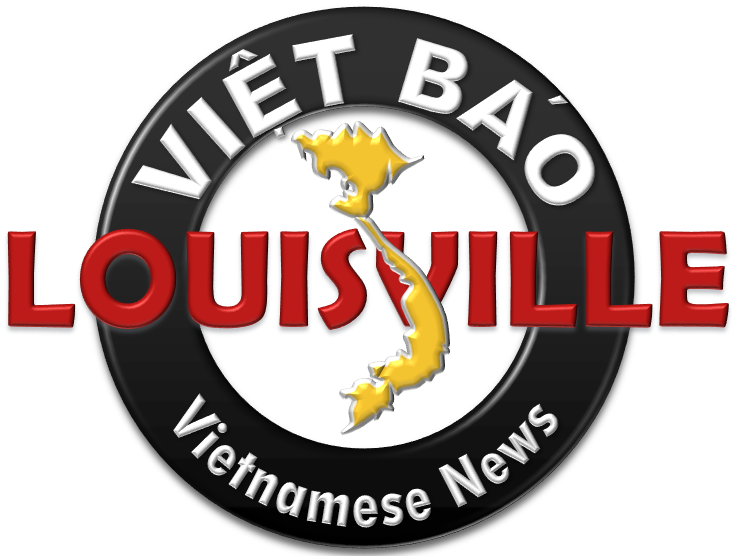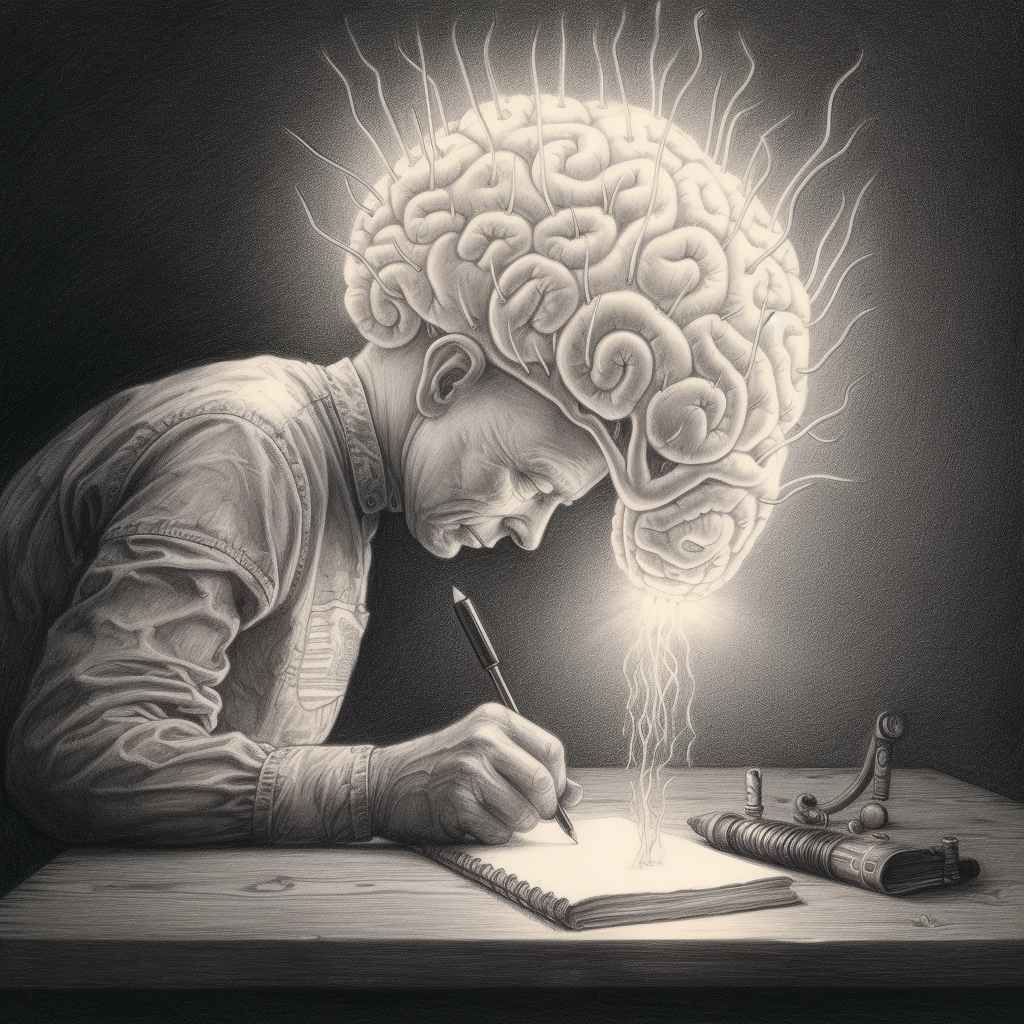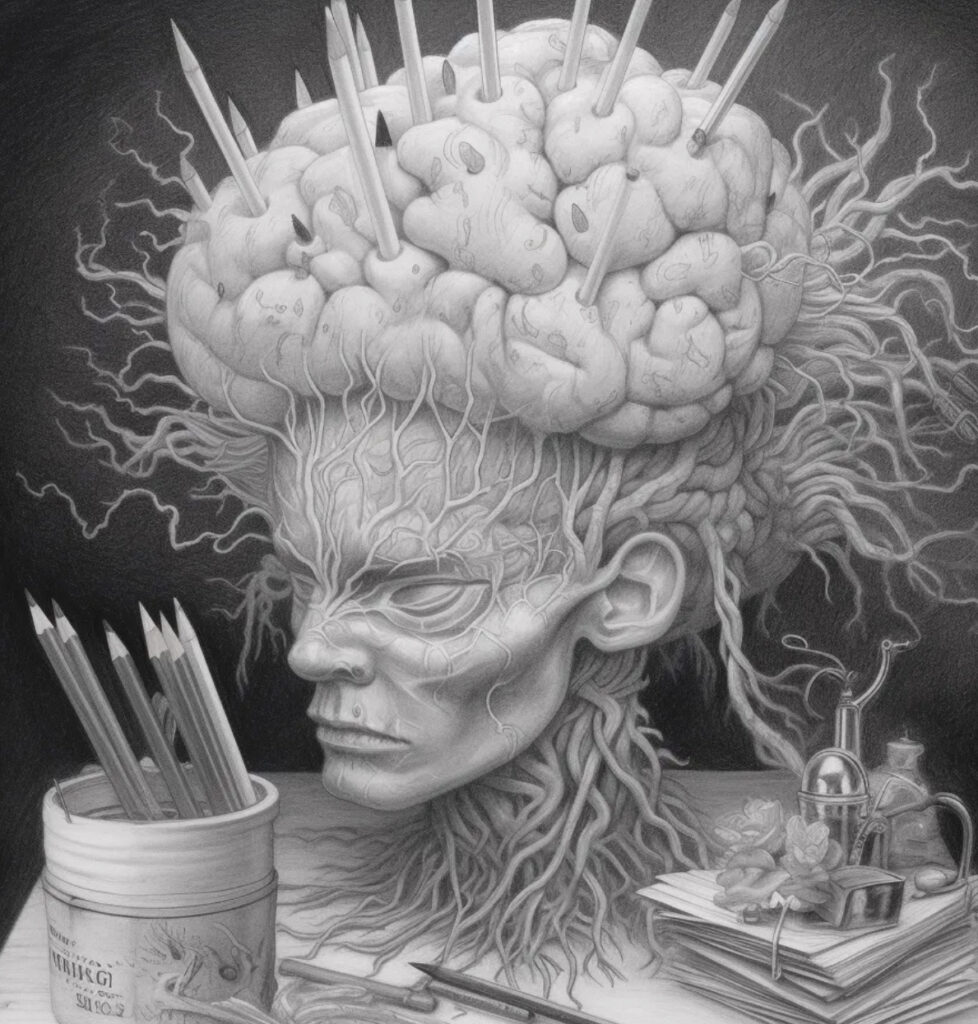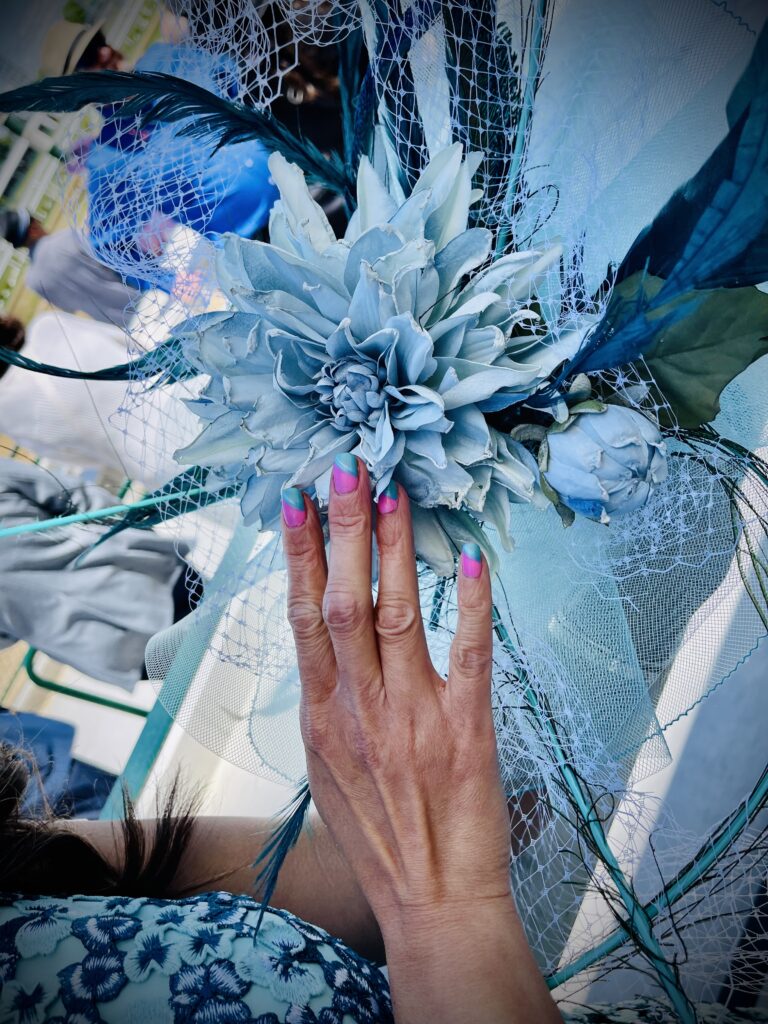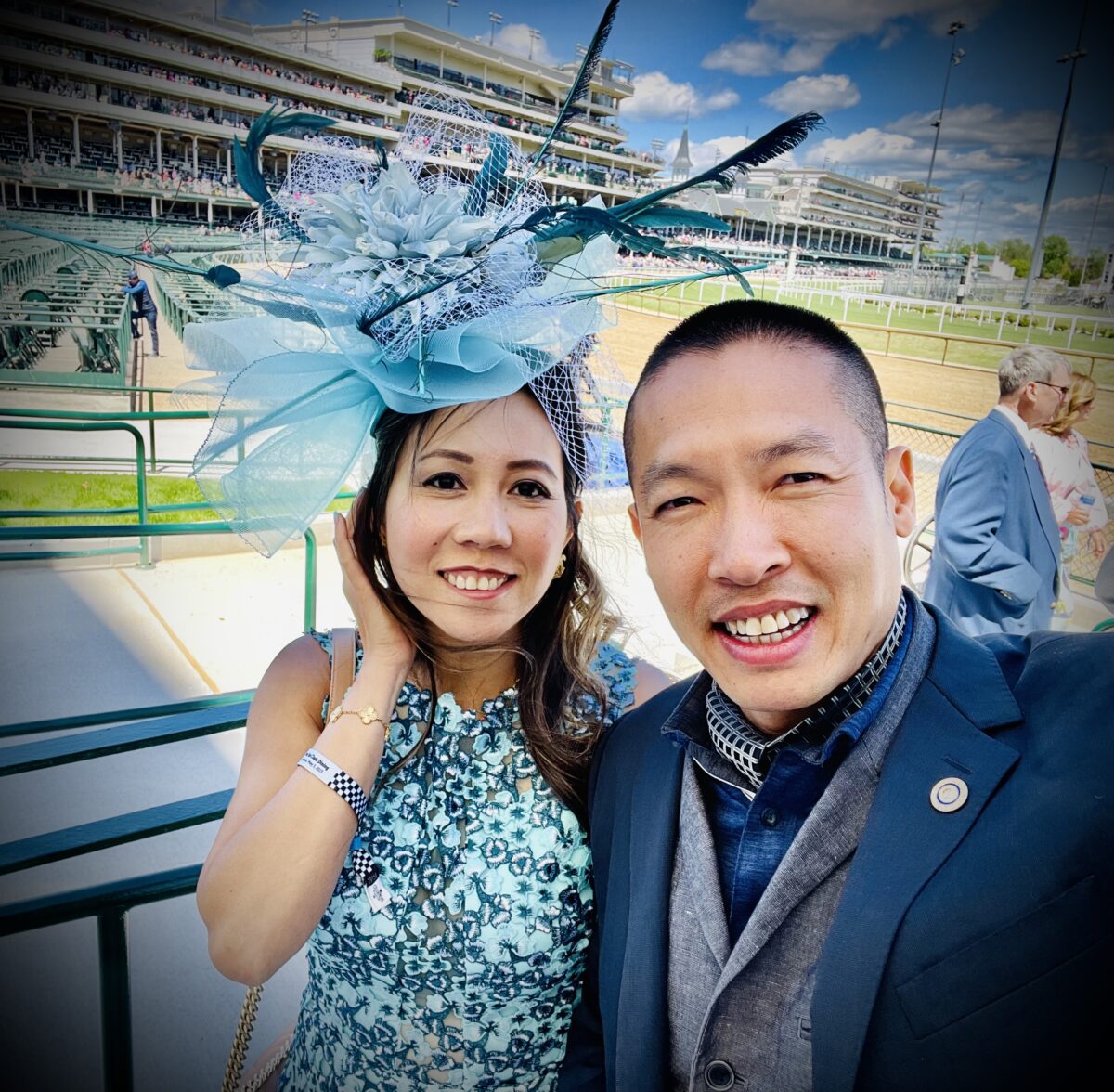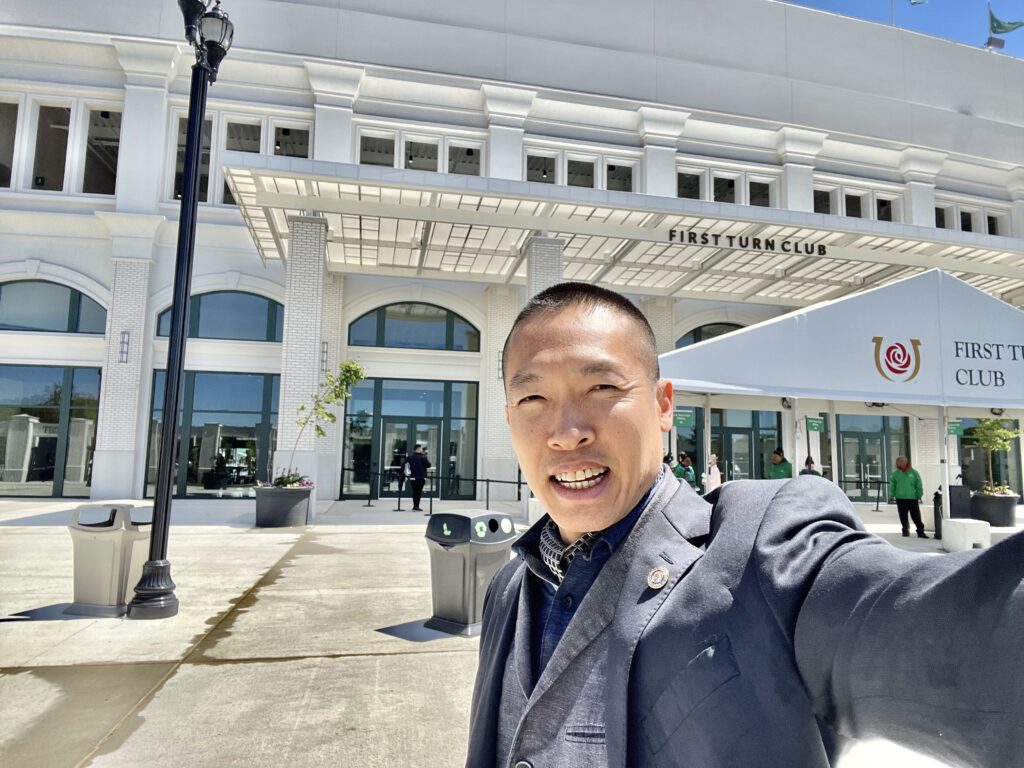Introduction:
In today’s fast-paced world, it’s easy to get caught up in worries about the future or dwelling on the past. However, this mindset can lead to anxiety and depression, preventing us from fully experiencing the present moment. Di Tran, a renowned author, is set to release her upcoming book titled “Drop the FEAR and Focus on the FAITH,” which delves into the importance of living in the present and finding peace within ourselves. This article will explore the profound statement that “if you are depressed, you are living in the past, if you are anxious, you are living in the future, and if you are at peace, you are living in the present.” By referencing Di Tran’s upcoming book, we will further elaborate on this concept and provide valuable insights into achieving inner tranquility.
Living in the Past: Depression and Its Connection
Depression often stems from dwelling on past experiences, regrets, or painful memories. It involves getting stuck in a cycle of negative thoughts and emotions associated with past events. Research has shown that rumination, a common symptom of depression, intensifies negative thinking and perpetuates the feeling of sadness and hopelessness.
Di Tran emphasizes that to overcome depression, it is essential to break free from the clutches of the past. Her book discusses practical techniques and exercises to let go of past traumas, forgive oneself, and embrace self-compassion. By consciously redirecting our focus to the present, we can start cultivating a mindset that fosters healing, growth, and positive change.
Living in the Future: Anxiety and Its Implications
Anxiety, on the other hand, often arises from excessive worrying about the future. Constantly anticipating potential challenges, failures, or uncertainties can create a state of fear and restlessness. This preoccupation with the unknown can rob us of the joy and peace that the present moment offers.

Di Tran’s forthcoming book stresses the significance of shifting our attention away from the future and focusing on the here and now. By embracing mindfulness and grounding techniques, we can train our minds to remain centered, calm, and fully engaged in the present. This enables us to tackle challenges more effectively, make better decisions, and develop a deep sense of peace and well-being.
Living in the Present: Cultivating Inner Peace
The concept of living in the present involves consciously immersing oneself in the current moment without being burdened by regrets of the past or anxieties about the future. It is about finding inner peace, contentment, and gratitude for the present circumstances.
Di Tran’s book offers valuable insights into adopting a present-oriented mindset. Through spiritual practices, self-reflection exercises, and real-life examples, she guides readers on a journey to let go of fear and embrace faith. By cultivating an attitude of trust in the present moment and surrendering to the divine guidance of life, individuals can experience a profound shift in their overall well-being.
Conclusion:
In an era filled with distractions, uncertainties, and pressures, the wisdom of living in the present becomes increasingly relevant. Di Tran’s upcoming book, “Drop the FEAR and Focus on the FAITH,” provides a comprehensive guide to help individuals break free from the shackles of the past, alleviate anxieties about the future, and find solace in the present moment.
By embracing the teachings within the book and adopting practices such as mindfulness, self-reflection, and faith, individuals can experience a transformative shift in their mental and emotional well-being. Remember, if you find yourself depressed, anxious, or seeking inner peace, it’s crucial to realign your focus on the present. Embrace the power of the now and let go of fear, allowing faith to guide your path towards a fulfilling and contented life.
